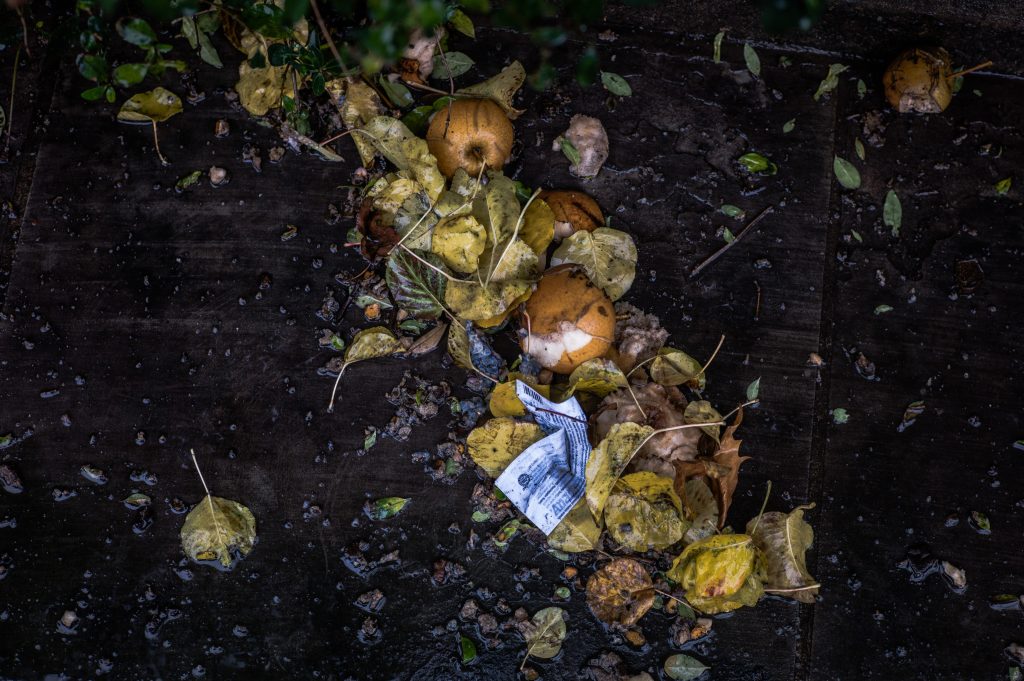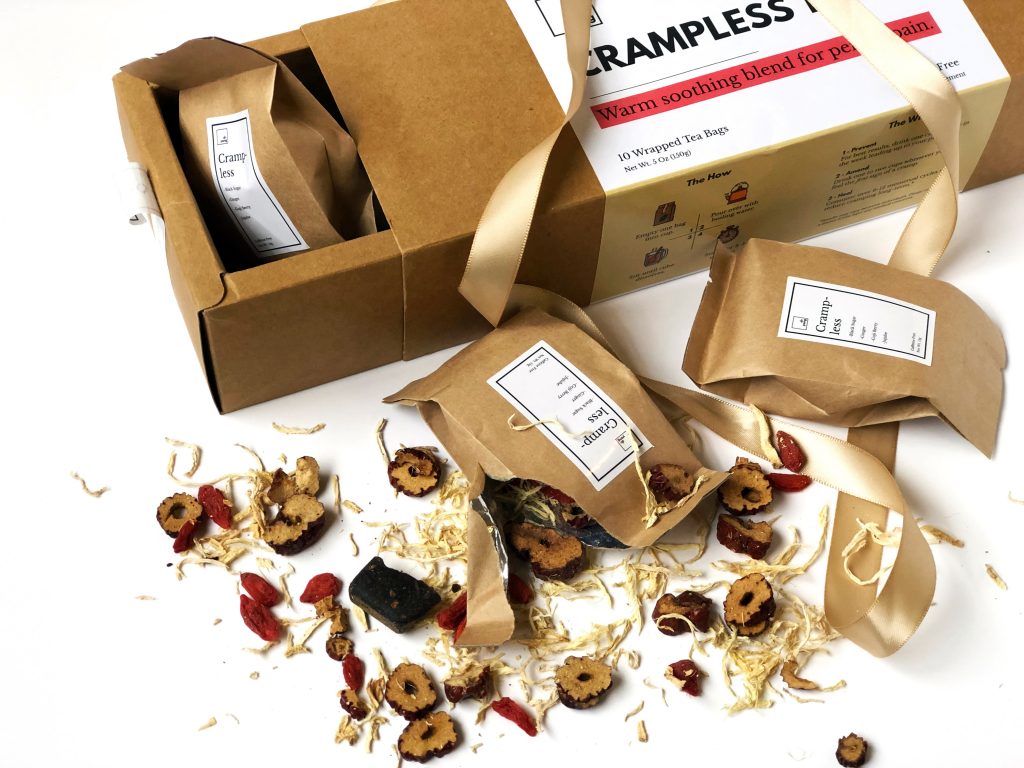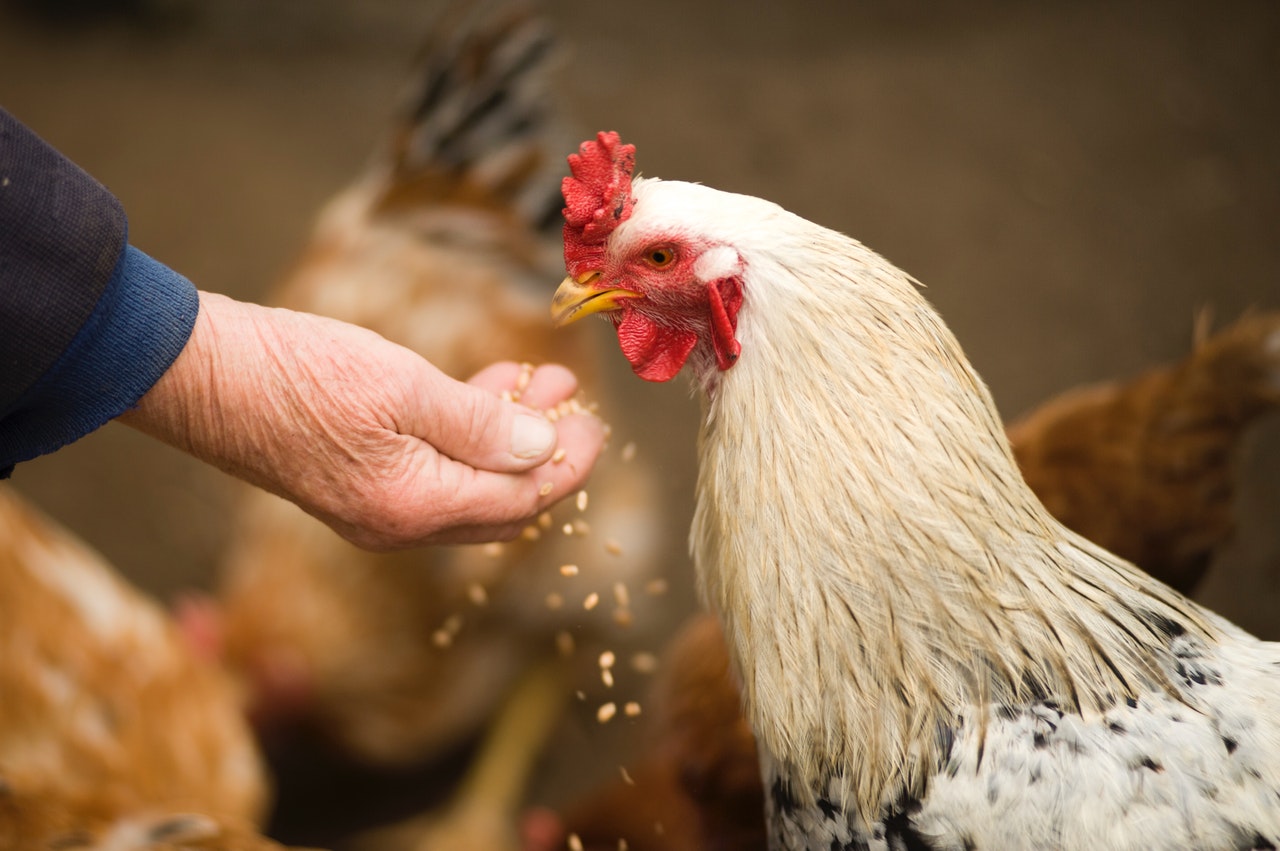
Approximately 1.3 billion tonnes of food goes to waste around the world, as reported by the UN Food and Agricultural Organisation. The wastage is not confined to a single stage of food production. It runs through all stages: from cultivation, refining, delivery, selling, cooking to consumption.
This scrap food finds its way to landfills. The food breaks down to give off greenhouse gases (GHG). Methane is one of those gases. It is said to be 21 times stronger compared to carbon dioxide in the trapping of heat within the ozone layer.
Reducing the amount of food that goes to waste, we reduce the carbon print on the earth. This way, it also becomes possible to return the vital nutrients into stressed soil. Because it is possible to recycle food waste, it should be our concern and business to reduce the amount of GHG that are let into the atmosphere.
Let us look into some practical ways in which food waste can be turned around to add value and to cut down on the pollution it causes when left to be in landfills.
1. Changing Food Leftovers to Biogas
It is said that a third of produce around the world is thrown away or goes to waste. This occurs when, on the other hand, the food could have been used to create clean energy known as waste-to-energy.
Using tiny organisms to break down organic foods to give forth methane in a process called anaerobic digestion, it is possible to produce electricity for heat, fuel, and transport.
Biogas is a clean form of energy. It is generated from organic items like remains of fruits and vegetables, timber chards, and the remains of forests. A manner in which the energy in the organic waste can be harnessed, leaving minimal pollution of landfills and oceans has been found. During the process, the waste is burnt to create an unrefined liquid which is easily transformed into biofuel. After that, the remnant is made to release methane, which is used as an electricity or heat source.
There’s a few companies that use the concept of anaerobic digestion to transform waste into energy, this includes Waga, which just adopted a food waste treatment plant in Saint-Maximin which can convert waste from homes into biomethane which can power up to three thousand houses in France.
2. Reuse Food Packaging

The amount of food packaging materials that are wasted from the foodservice industry is shocking. The Environmental Protection Agency report that in the US, over 23 percent of the filth in the landfills is food containers.
We cannot entirely ban packing materials, especially for some types of foods. However, reusing or recycling is a much better way of ensuring we are not enablers of the climate problems we currently have.
Also, instead of packaging materials like cartons, containers, and wrappers ending up in landfills, send them to facilities that manufacture paper-based products like egg-trays, newspapers, and the likes.
For example, the makers of egg trays utilize wasted cartons and paper to make their final product by the hot press and egg tray drying techniques which are quite efficient because they allow for multiple uses and they are excellent shock absorbers during movement from point A to point B.
In these recent times, there has been a great outcry on the seriousness of global warming and the need to care for the scarce resources available to us. The Public-private partnerships cannot be ignored because efforts to averting the impending doom of a depleted planet have greatly improved. You too can play your part-take action today by recycling food waste in the ways suggested above for a cleaner, healthier, and sustainable world.
3. Compost the Kitchen and Garden Scrap
It is possible to recycle about 90% of throw-away food. This includes food that is disposed of by supermarkets and homes. Also, the average household produces about 474 pounds of waste in terms of food per year. Disposal of the food in landfills takes up land space that would have otherwise been used more constructively. It also results in the emission of methane, which contributes to the greenhouse gases responsible for destroying the ozone layer.
Creating compost remains to be one of the easiest and environmental-friendly ways of disposing of food that is no longer fit for human consumption. It is a common occurrence to have trucks that collect all manner of organic waste to recycling plants.
For areas that have a compost arrangement or site, it is prudent that you take your household waste, therefore, better disposal. A conversation with the local waste handlers should be able to give you more insight into the local composting facility rules and guidelines.
It is easy to set up a personal compost utilizing these wastes.
- Recyclable Packaging – cardboard, paper etc
- Greens – veg waste, coffee and coffee filters, grass, fruit and weeds.
- Browns – wood, ash from fire, leaves
- Food Leftovers – All food leftovers
For maximum success, ensure your compost pit or container is in an environment void of moisture, but near reliable water point. When you collect the waste as above, gather them together and add water to them frequently to keep them wet.
After some time, the mixture will rot and eventually become darker in color and crumbles on touching. At that point, you can use the compost to dress your kitchen vegetables in your garden, or better yet, add to your flowers for nourishment. One concern may be the smell that the compost may emit. You can reduce the smell by removing meat or oily waste from the pile composition. Also, turn the compost regularly to make sure enough air gets to mix with the compost, reducing the pungent nature of the mixture.
Vermiculture is slowly becoming a common practice. It refers to the use of worms such as the red wigglers and earthworms to make compost. The work of the worms is to eat the organic waste, and in turn, they give the much needed nitrogenous compost known as castings.
Those living in apartments can also make their own compost despite the constraints of space they may face. Just take a simple bin and put it in your preferred place in the house. Every time you have waste fit for compost, just throw it in there and carry on with the composting guidelines. Within no time, you also have your nourishing compost!
4. Waste for Animal Feed

A recent study shows that animals are fed using cereals that would very much be able to feed another three billion people if the animals were to be supplied using the food we waste instead. Using wasted food for animal feeding is in the third level of a recovery plan put in place by EPA, which ranks it as a secure and efficient way of putting food waste into good use.
Regulations differ from country to country with regards to donating food wastes for animals. Some countries refuse the remitting of meat and dairy-based products as well as excessively salted products to be used for animal feeds. These exceptions are particularly thought to be detrimental to livestock. You must seek the correct information on what you can donate and what you cannot form your local authorities.
Also, you can scout around for aggressive animal rearing farms, and farmers who need a donation of waste products for animal feeds or making of compost.
Organix Recycling and Eco Food Recycling are among the facilities that have introduced new ways of recycling anything from vegetables, baked goods, and household waste to fruits. They have elaborate collecting systems for neighborhoods and individuals as per their needs. Working alongside such firms will reduce your carbon print, wastage of space by dumping in landfills, as well as help you tend towards zero waste.




